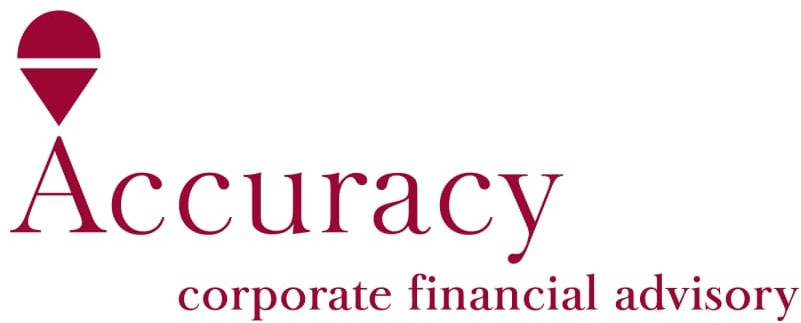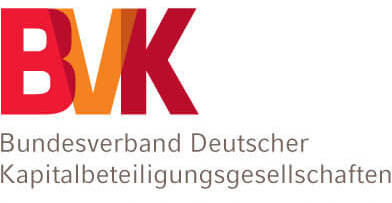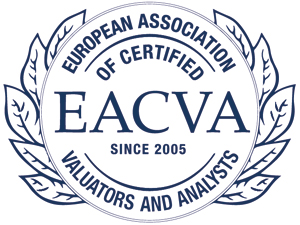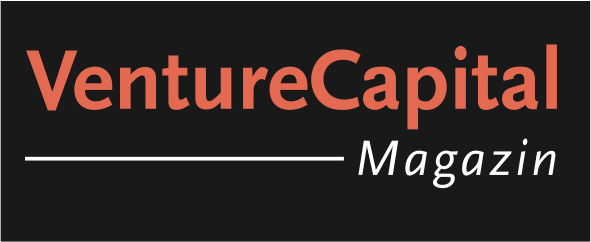NEWSLETTER of August 4, 2023
The following content has been added at finexpert:
Studies > Performance
KPMG
PULSE OF FINTECH H1 23
After reaching a record US$238.9 billion across 7,321 deals in 2021, total global fintech investment across M&A, PE, and VC fell to US$164.1 billion across 6,006 deals in 2022. While results were substantially lower compared to 2021’s peak highs, 2022 was not a poor year as a whole. In fact, it was the third best year for fintech investment ever and the second strongest year for deal volume, according to the Pulse of Fintech H2’22 – a bi-annual report published by KPMG highlighting global fintech investment trends. >more
Studies > Performance
UBS
BENCHMARKING ESG: A BRIEF ANALYSIS OF DIFFERENT SUSTAINABILITY INDEXES
When shopping for sugar, we are spoiled for choice. Yet white refined granulated sugar is a commodity, virtually identical across brand names. At first glance, ESG ETFs can seem the same. However, they can differ from each other materially, with significant variations in selection criteria, tracking error and performance. >more
Studies > Alternative Investments
Aurum
HEDGE FUND INDUSTRY PERFORMANCE DEEP DIVE – H1 2023
The hedge fund industry was up 3.4% in H1 23 with performance being heavily weighted to the start of Q1 and the end of Q2. The best performing strategies of 2022 have underperformed significantly in H1 23 as strategies with higher beta to risk assets have led the performance. >more
Studies > Macro
BNP Paribas
MID-YEAR UPDATE – GETTING THE YIELD CURVE WRONG
Many investors have been puzzled for most of this year by an inverted US yield curve, which along with economist forecasts and CEO surveys signals an impending recession. At the same time, the performance of risk assets suggests a much brighter outlook. Which is right and which is wrong? >more
Research Papers > Corporate Valuation
COUNTRY RISK: DETERMINANTS, MEASURES AND IMPLICATIONS – THE 2023 EDITION
Aswath Damodaran
2023
As companies and investors globalize, we are increasingly faced with estimation questions about the risk associated with this globalization. When investors invest in China Mobile, Infosys or Vale, they may be rewarded with higher returns, but they are also exposed to additional risk. When Siemens and Apple push for growth in Asia and Latin America, they clearly are exposed to the political and economic turmoil that often characterize these markets. In practical terms, how, if at all, should we adjust for this additional risk? We will begin the paper with an overview of overall country risk, its sources and measures. We will continue with a discussion of sovereign default risk and examine sovereign ratings and credit default swaps (CDS) as measures of that risk. We will extend that discussion to look at country risk from the perspective of equity investors, by looking at equity risk premiums for different countries and consequences for valuation. In the fourth section, we argue that a company’s exposure to country risk should not be determined by where it is incorporated and traded. By that measure, neither Coca Cola nor Nestle are exposed to country risk. Exposure to country risk should come from a company’s operations, making country risk a critical component of the valuation of almost every large multinational corporation. In the final section, we will also look at how to move across currencies in valuation and capital budgeting, and how to avoid mismatching errors. >more
Research Papers > Alternative Investments
WHAT PRIVATE EQUITY DOES DIFFERENTLY: EVIDENCE FROM LIFE INSURANCE
Divya Kirti, and Natasha Sarin
2023
How do private equity firms impact their portfolio companies? We study this question using comprehensive data on their investments in the life insurance industry, which grew ten-fold from $23 billion to $250 billion between 2009 and 2014. Private equity-backed insurers exhibit superior returns. But there is no evidence that this is a consequence of general partners' skill. Rather, private equity firms increase the asset risk of their subsidiaries without commensurate capital charges and decrease tax liabilities. Results based on high-frequency event studies and matching techniques support a causal interpretation. Indeed, private equity firms deliver these changes to their subsidiaries within days of taking over. This improves insurers' performance, but also introduces risks that rating agencies appear to ignore. >more













